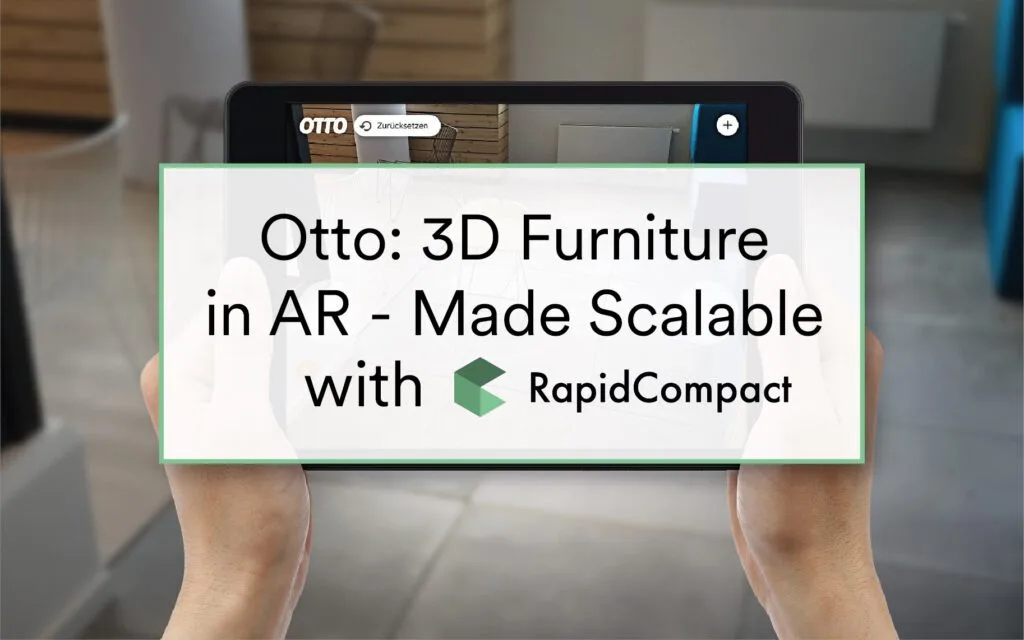
“With RapidCompact, you can easily process your entire database. It really makes your 3D pipeline scalable”, says Tobias Nientiedt, Principal CGI and Digital Content Production.
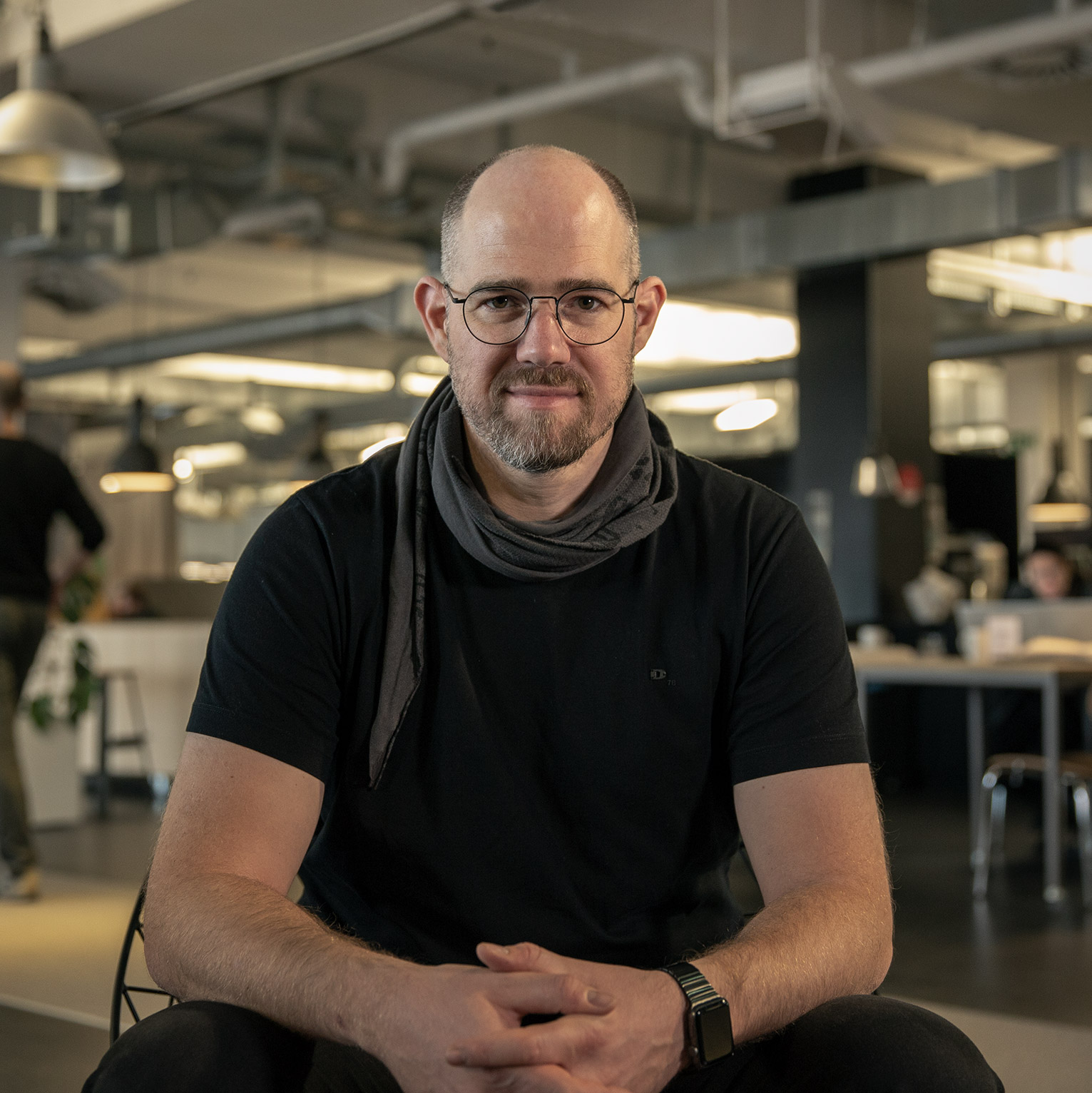
Otto is one of the largest ecommerce platforms, and by far the largest seller of furniture online, in Germany. Under the umbrella of the Otto Group, retailers like Crate & Barrel and Bonprix are united. With its roots in traditional catalogue retail, Otto has massively grown their online business over the past decades, until they finally stopped the print version of their classic catalogue in 2018.
When Otto started in 2018 to build up their 3D production, they quickly understood the scope of this venture. Tobias, Otto’s Principal of CGI and Digital Content Production, remembers: “We came to a point where we realised, we need someone who has experience in building larger pipelines to make this work also on a larger scale.” From that point on, Otto grew its team and started to investigate how to create a scalable 3D production process.
RapidCompact helps Otto to automate their 3D content pipeline, and free their workers of tedious tasks. “It removes the complexity of working out how to bake things, how to crunch down polygons. Should I make an atlas map? Should I try to optimize the draw-calls? You don’t even have to think about it, it is just like ‘here is the model, ok – let’s go’ “, says Marcus Albertsson, CGI Technical Manager at Otto.

The automation with RapidCompact significantly impacts quality assurance as well, Marcus explains: “Quality assurance gets infinitely easier because you can make expectations on the results, which is really important when you are going to scale. You don’t have to look at each model, and it is a huge deal when you are trying to scale production.”
In the past months, the DGG team supported Otto hands-on in building up a sustainable and scalable pipeline to optimize their offline 3D assets for real-time use cases – such as 3D on the Web and in AR apps. Setting up first automated processes is something that will become more and more important in the upcoming years, the Otto team agrees. We were excited to support this process with our software and services. As someone with a 3D art as well as a programming background, Marcus felt comfortable working with the DGG team: “It was really refreshing to work with someone who speaks the same language! I live in both worlds; it was great to have these conversations around 3D and the complexity of real-time models, because this is what RapidCompact solves.”
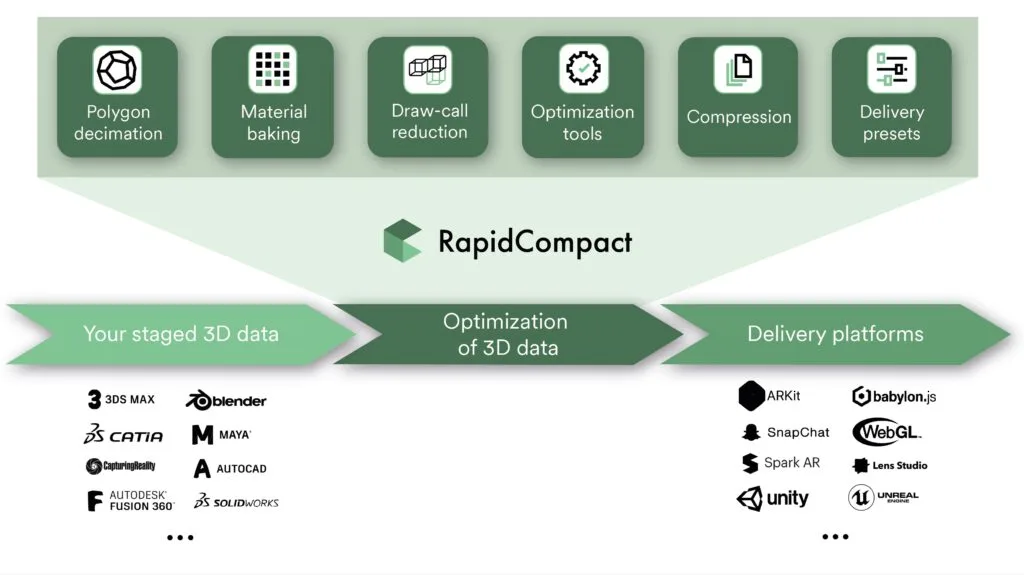
The close cooperation and the way DGG supported Otto was much appreciated, Tobias says: “What I loved about the process was, we haven’t been left alone with any problem we had. DGG solved the problems that were specific to our pipeline.” In particular, DGG and the Otto team worked closely together to solve the conversion from specific 3dsMax scenes with V-Ray materials to FBX data with PBR materials, using a dedicated scripting pipeline. Using RapidCompact, the result FBX data can then be deployed to various delivery platforms, such as 3D on the Web and mobile AR.
It is clear to Marcus and his team that standardization and automation through RapidCompact go hand in hand, and that both are crucial for the scalability of the 3D content pipeline. Also, the factor of reusability is important, as it is one of the main advantages of working digitally. “Without standards, reusability becomes flimsy as well”, he explains, and emphasizes the relevance of creating standards, which for him is the biggest challenge in scaling up 3D commerce use-cases right now. Tobias has hope in one specific group to drive standardization: “I have my fingers crossed that the Khronos 3D Commerce Working Group will keep improving standards to also help us!” DGG is in an exceptional position to push these efforts and make life easier for retailers and ecommerce platforms like Otto, since our CEO Max is one of the Co-Chairs of the 3D Commerce Asset Creation group at Khronos.
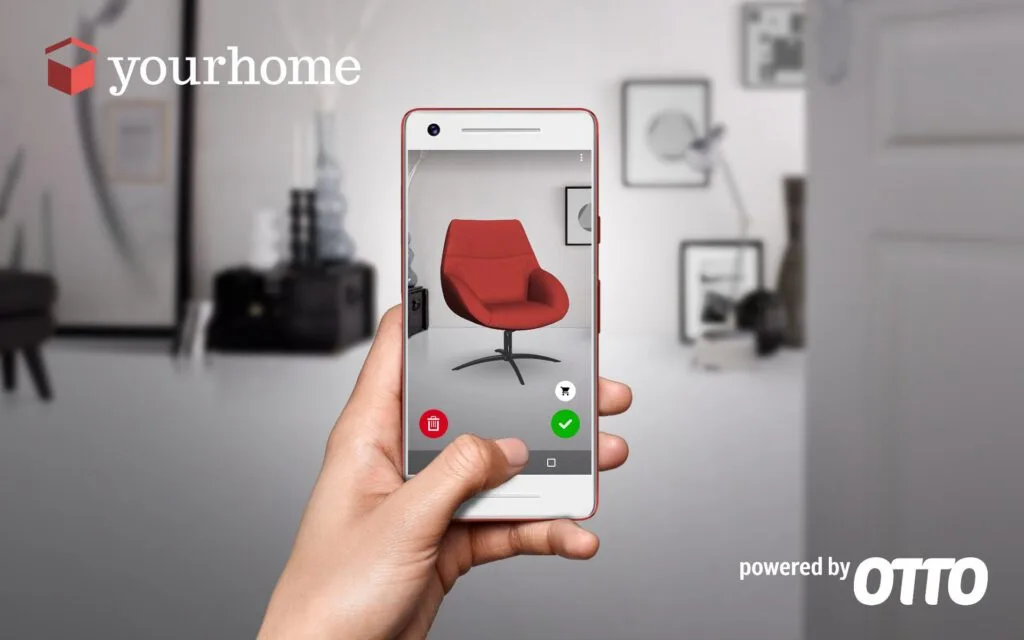
Once everyone uses it and provides support for it, the market goes from volatile to stable. There is a direction then and others will have to adopt. And it is all good initiatives, as it is also all Open-Source.” At DGG, we have been supporting glTF from day one, and we have contributed to the format directly – for example, by proposing the current glTF 2.0 PBR material model already back in 2016. We are excited to keep on pushing the boundaries with this standard by actively supporting its further development, as well as by facilitating its use through RapidCompact.
Tobias is certain that 3D technology will play a key role in the upcoming years; no matter which specific applications and use-cases will prevail. It is important to create scalable processes as soon as possible, which enable the production of thousands of real-time ready models every week. Currently, the challenge of the 3D content bottleneck is still holding back some retailers. Otto recognizes this fact by offering their help in creating 3D imagery and digital twins from scratch with their service “CGI by Otto“. Once 3D content is available, it is a matter of seconds to process it fully-automatically with RapidCompact and receive 3D models that are ready for use in Augmented Reality or other real-time applications.
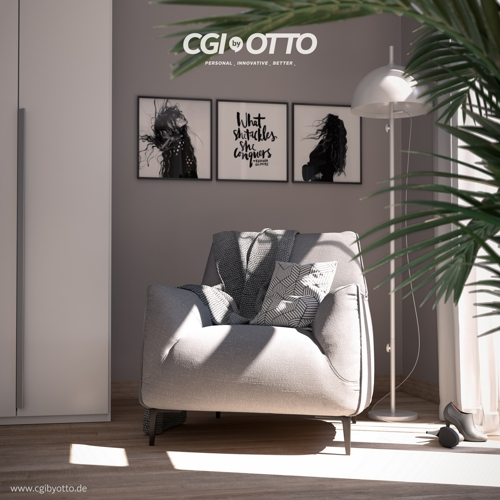
Upload and process 3D models with the free web demo or get in touch if you have any question. We´re happy to help…
More about RapidCompactTry RapidCompact for FreeEnterprise Solutions